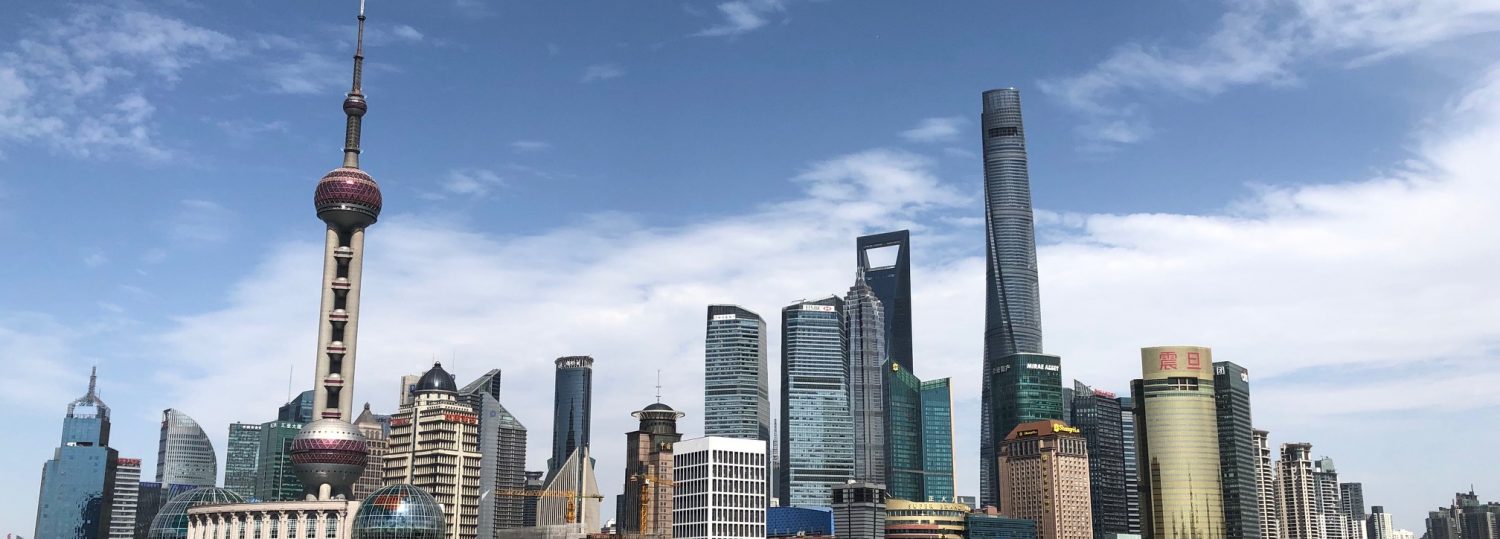Shanghai, home to 24 million people, is full of authenticity, bright lights, and aesthetic nature. Whether it’s it rich history, museums, delicious food variety, tall buildings, strip malls, or cultural productions, Shanghai has a lot to offer.
Shanghai has also been nicknamed the “bright city.” Below are pictures that promote this common perception among Shanghai residents and foreigners.
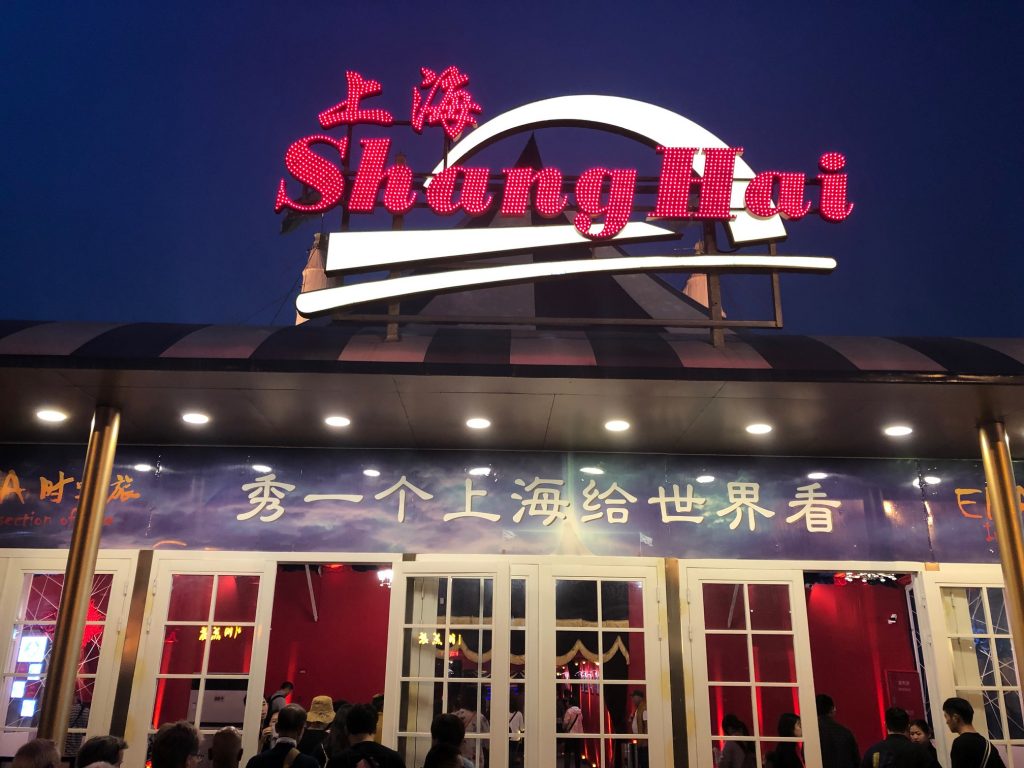
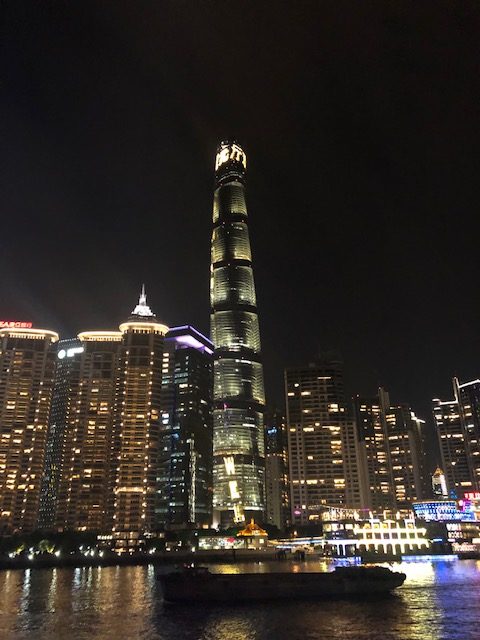



On our second day in Shanghai, we toured the Shanghai Museum. It strategically combines western and traditional elements to provide a walkthrough to depict certain situations in Shanghai history. Below are pictures that exemplify Shanghai’s daily life. Before 1840, since there was no radio or television, people communicated effectively by writing words or phrases on scrolls. Additionally, Shanghai residents’ living conditions differed greatly from how they live in modern times.

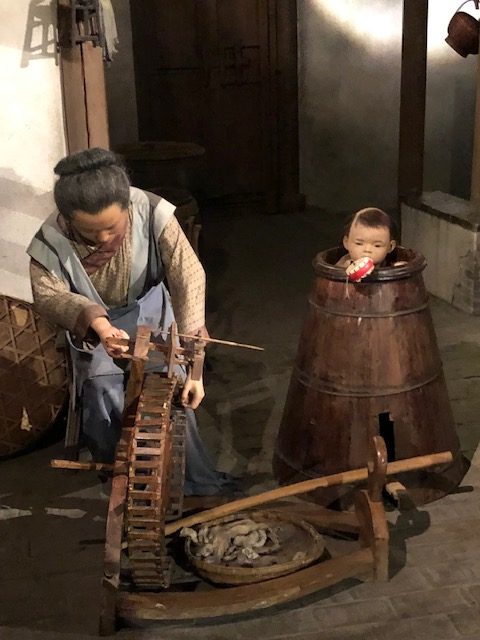
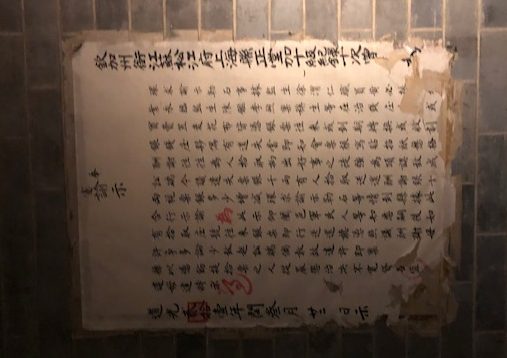
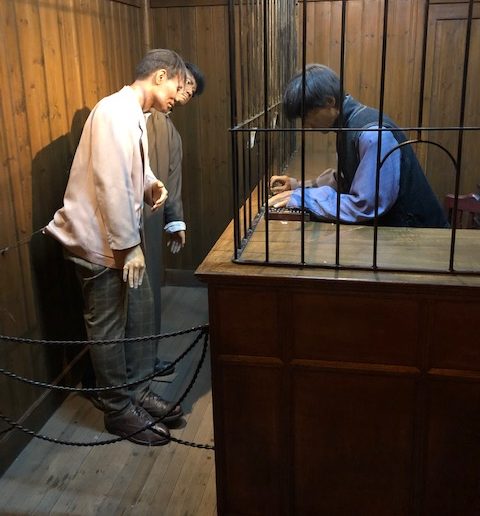
As we took a tour through the old city, I compared their structures to modern city buildings. As indicated in the pictures below, in the modern times, buildings are taller, uniquely crafted, and blend in effortlessly with Shanghai’s transcendent background.

After the second opium war, a settlement of concession of land occurred between France and the United Kingdom. This concession was done because France and the United Kingdom had a great need for Chinese labor. Other interesting facts I learned about Shanghai is that the houses were built by local farmers, the significance of car colors (green cars = normal; white cars = electronic), and the lucky numbers in Chinese are 8, which means “rich” and 9, which is a symbol for “longevity.”
The highlight of my experiences in Shanghai is the Chinese acrobats performance. The acrobats, wearing red, black, and white outfits, used aesthetic body movements to perform handstands on bicycles, two-person stands, motorcycle riding, and perform using a giant fidget spinner. The Chinese acrobats had a stellar performance because of thier hard training and attention to precision and accuracy.


At the conclusion of my experiences in Shanghai, I have reflected on its rich history, culture, bright colors, and its importance as the financial capital of China. Shanghai appeals to all classes of society as it is modernized, culturally rich, and encourages supporting others, such as in the warm reception we received from the dining staff at Yuxin Sichuan Restaurant, from our tour guide Michael, and from the audience’s reception of the Chinese acrobat’s performances. With its futuristic vision, Shanghai will continue to grow as a city to meet the needs of its citizens in its fast-paced society. I look forward to continue to exploring China with an amazing group of people.


